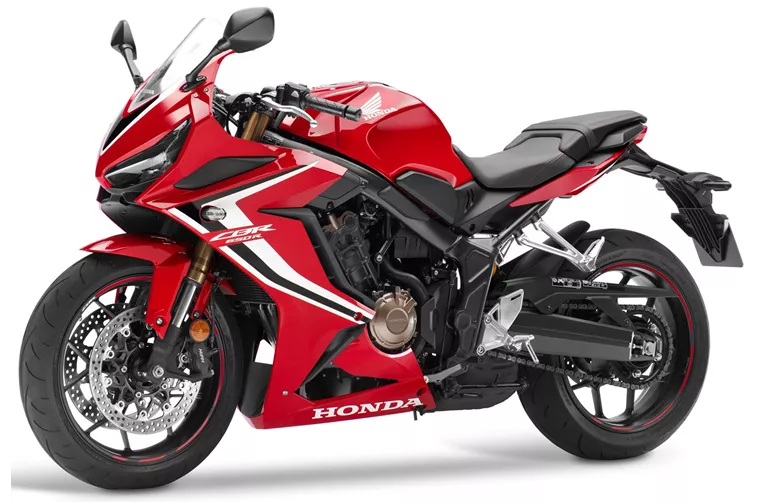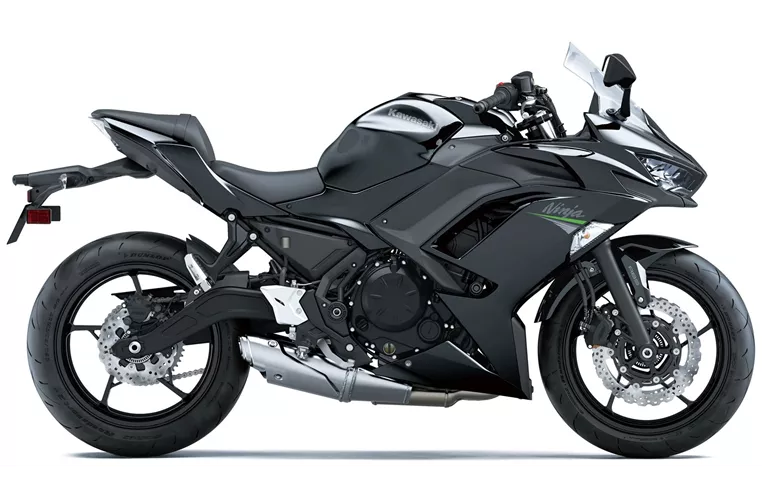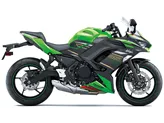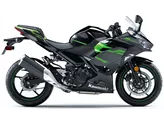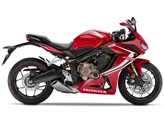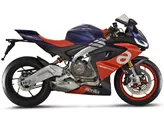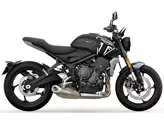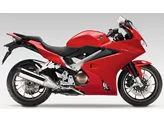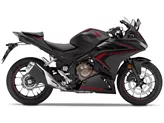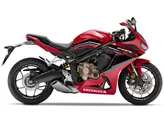Honda CBR650R 2019 vs. Kawasaki Ninja 650 2020
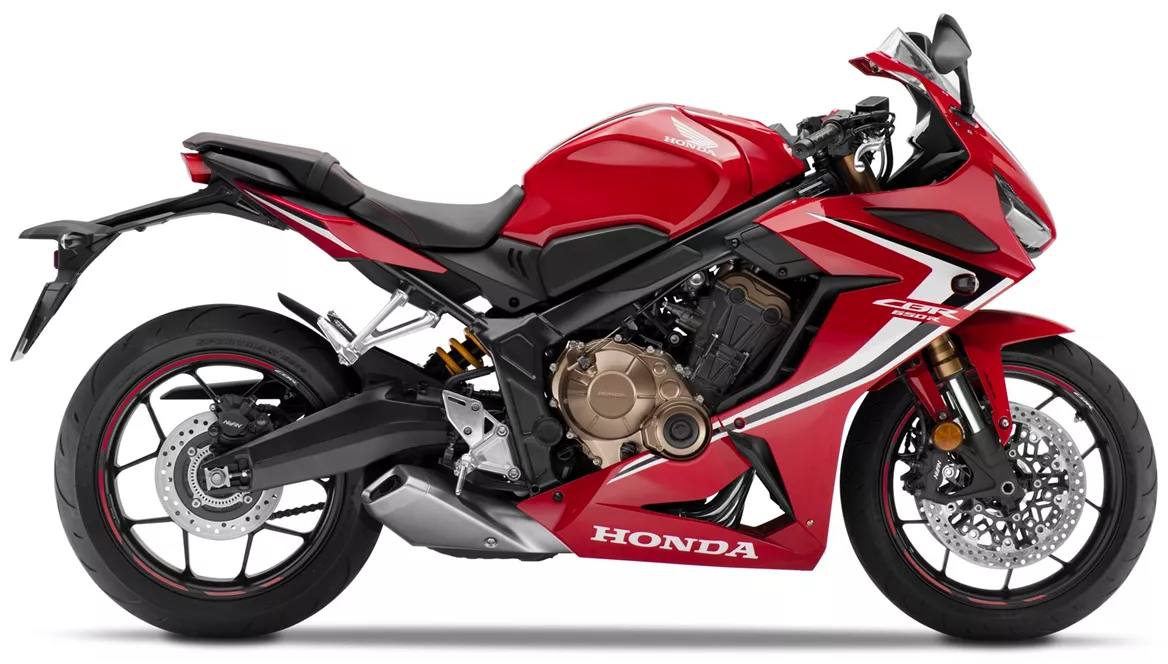
Honda CBR650R 2019
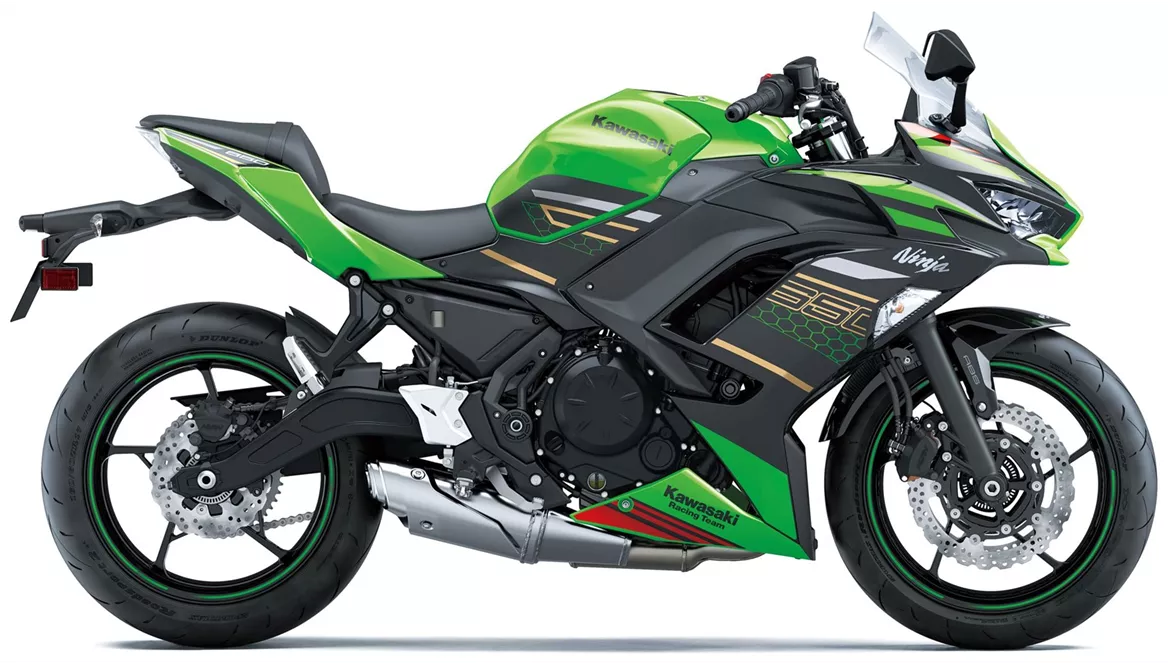
Kawasaki Ninja 650 2020
Overview - Honda CBR650R 2019 vs Kawasaki Ninja 650 2020
The Honda CBR650R 2019 and the Kawasaki Ninja 650 2020 are both supersport motorcycles with similar engine types and displacements. However, there are several differences between the two models.
In terms of engine specifications, the Honda CBR650R 2019 has a more powerful four-cylinder engine compared to the Kawasaki Ninja 650 2020, with an engine power of 95 HP compared to 68.2 HP. The Honda also has a higher torque of 64 Nm compared to 65.7 Nm for the Kawasaki. The Honda has a higher compression ratio of 11.4 compared to 10.8 for the Kawasaki.
Both motorcycles have a similar suspension setup, with a telescopic fork front suspension and a swing arm rear suspension with preload adjustment. The Honda has an upside-down telescopic fork with a diameter of 41 mm, while the Kawasaki has a regular telescopic fork with the same diameter. Both models have a monoshock rear shock absorber.
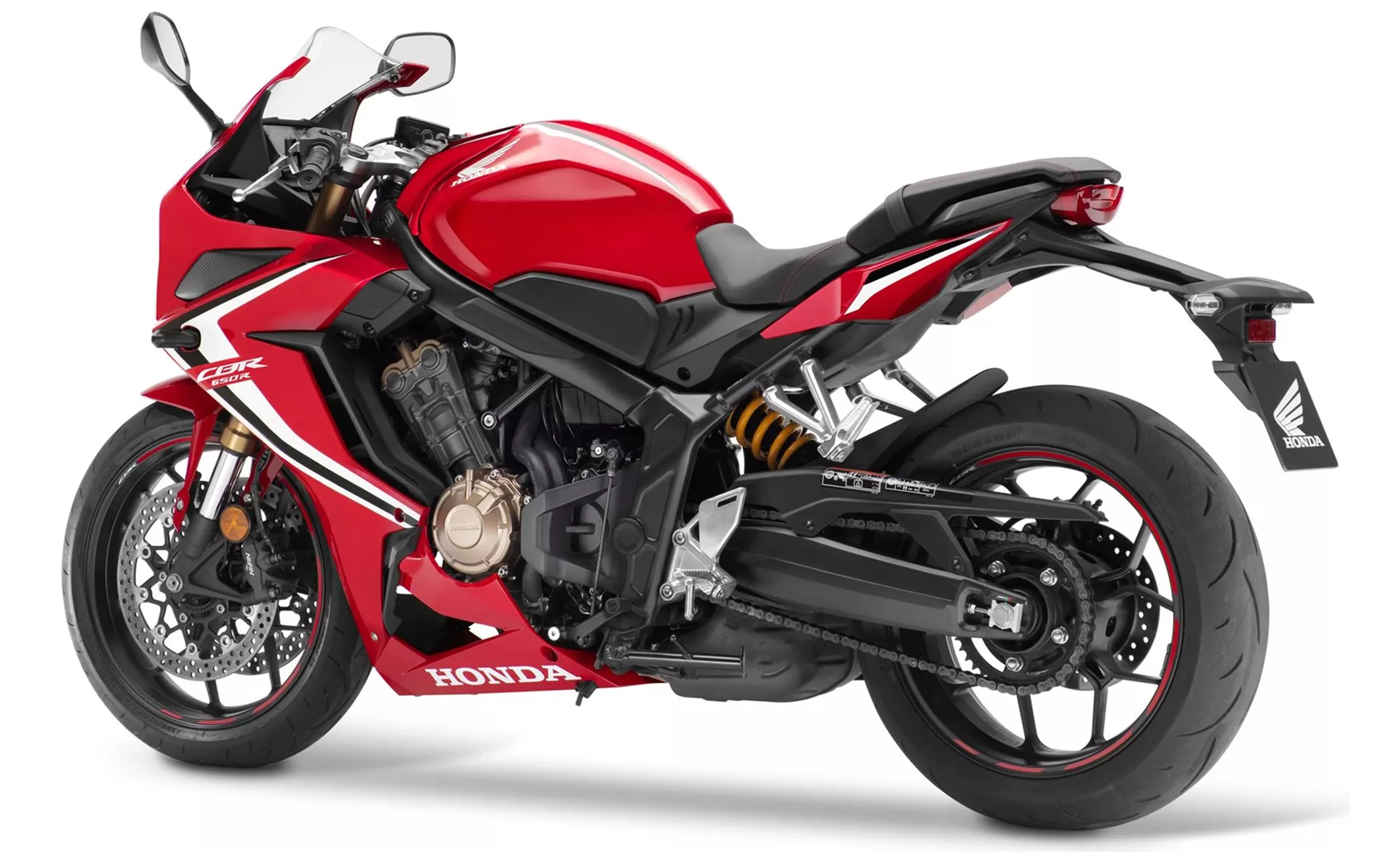
Honda CBR650R 2019
In terms of chassis, the Honda CBR650R 2019 has a steel twin tube frame, while the Kawasaki Ninja 650 2020 has a steel tubular frame. The Honda has a slightly steeper rake of 64.5 degrees compared to 65.5 degrees for the Kawasaki. Both models have a trail of 101 mm for the Honda and 100 mm for the Kawasaki.
Both motorcycles have double disk front brakes, but there are differences in the specifications. The Honda has larger diameter front disks of 320 mm compared to 300 mm for the Kawasaki. The Honda also uses wave technology for its front brakes, while the Kawasaki uses petal technology.
Both models come with advanced rider assistance systems such as ABS. They also have similar front and rear tire dimensions, with a width of 120 mm and a diameter of 17 inches for the front tire, and a width of 180 mm and a diameter of 17 inches for the rear tire.
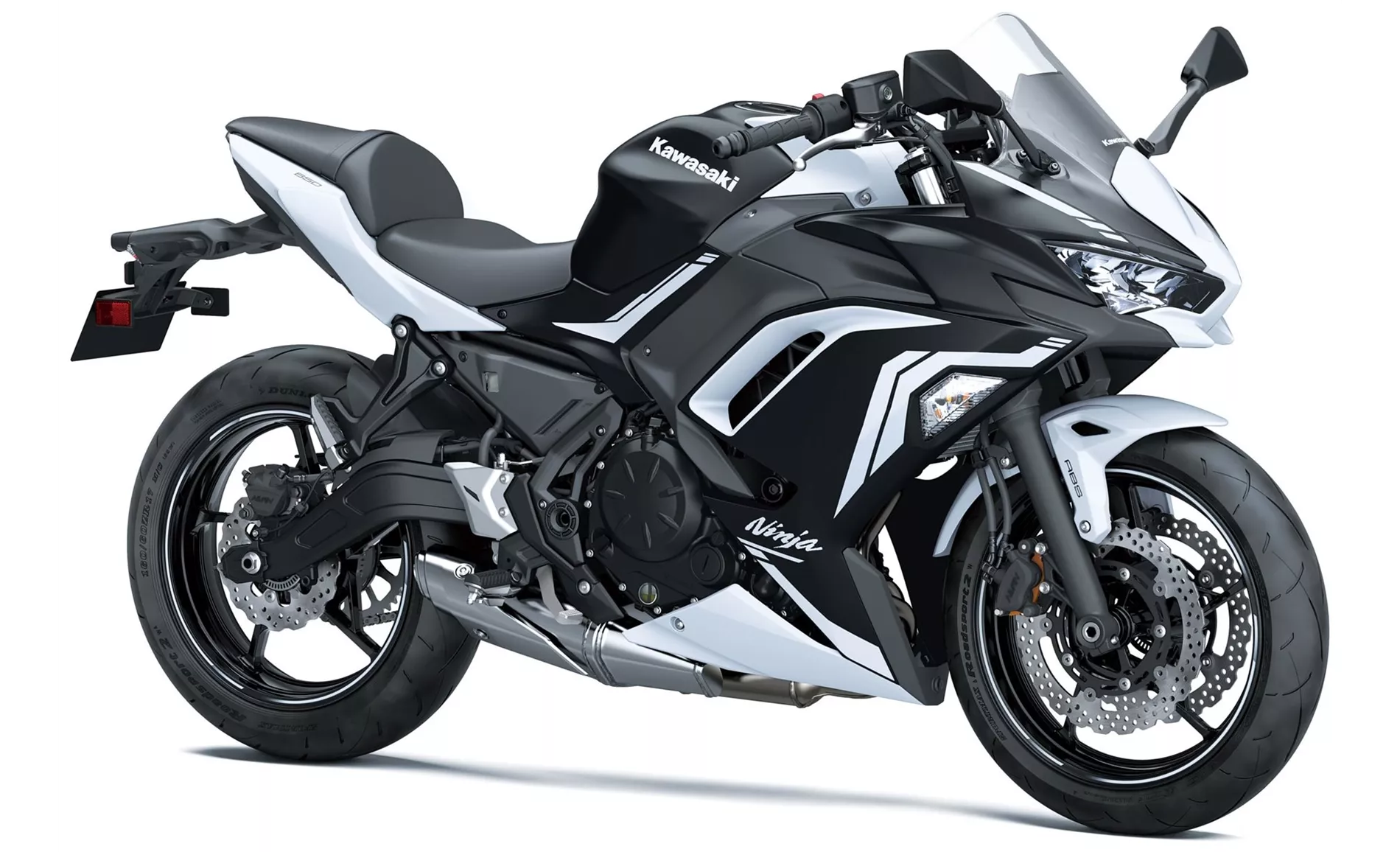
Kawasaki Ninja 650 2020
In terms of dimensions and weights, the Honda CBR650R 2019 has a longer wheelbase of 1450 mm compared to 1410 mm for the Kawasaki Ninja 650 2020. The Honda also has a higher seat height of 810 mm compared to 790 mm for the Kawasaki. However, the Honda is slightly heavier with a kerb weight of 208 kg compared to 193 kg for the Kawasaki. Both models have similar fuel tank capacities, with the Honda having a capacity of 15.4 liters and the Kawasaki having a capacity of 15 liters.
In terms of strengths, the Honda CBR650R 2019 is praised for its very elastic four-cylinder engine, sufficient comfort for longer tours, good wind protection, great looks, and ease of operation. It is also suitable for A2 license holders. On the other hand, the Kawasaki Ninja 650 2020 is praised for being one of the last of its kind, having a powerful two-cylinder engine, a comfortable seat suitable for touring, compact dimensions, a beginner-friendly seat height, a stable chassis, a TFT display with connectivity, and a sporty look.
In terms of weaknesses, the Honda CBR650R 2019 is criticized for having a drone below 4,500 rpm, suspension that could be a touch sportier, and a rear brake that may not be as effective. The Kawasaki Ninja 650 2020 is criticized for being overall too dainty for tall riders, having a front brake with a less precise pressure point, and having limited suitability for touring with two people.
Technical Specifications Honda CBR650R 2019 compared to Kawasaki Ninja 650 2020
Pros and Cons in comparison
Pros and Cons in comparison
Honda CBR650R 2019
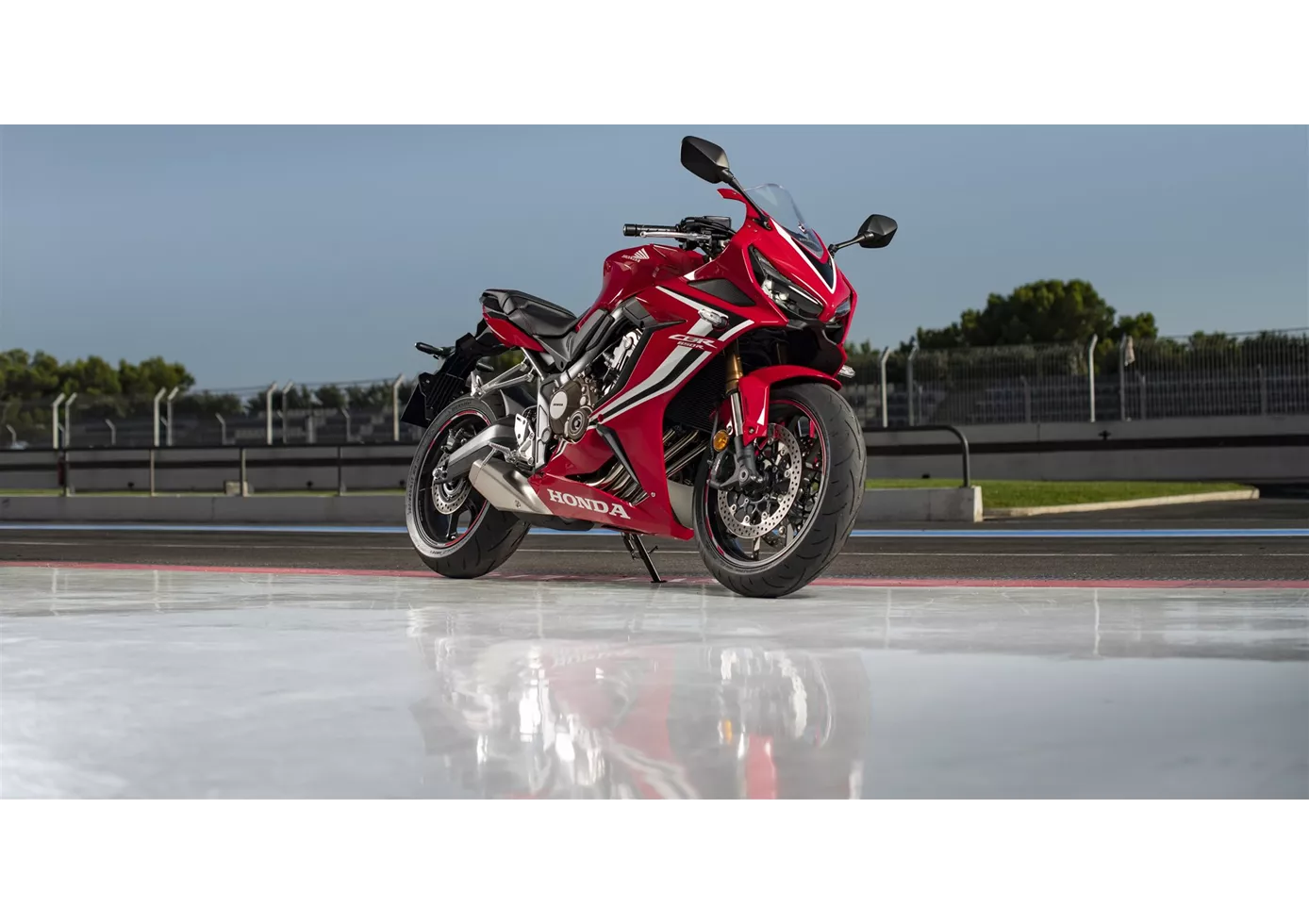
The new CBR650R takes the spirit we know from classic four-cylinder sports tourers and brings it into the modern era. Thanks to the good engine tuning, you don't have to worry about being left behind by your two-cylinder friends, especially as you are rewarded with a lovely sound across the rev range. Unfortunately, however, there can be too much sound, as the roar below 4,500 rpm proved. On the chassis and seating position side, a compromise has been found that allows the CBR650R to cope well with everyday riding, as well as longer tours and house track hunts.
Kawasaki Ninja 650 2020
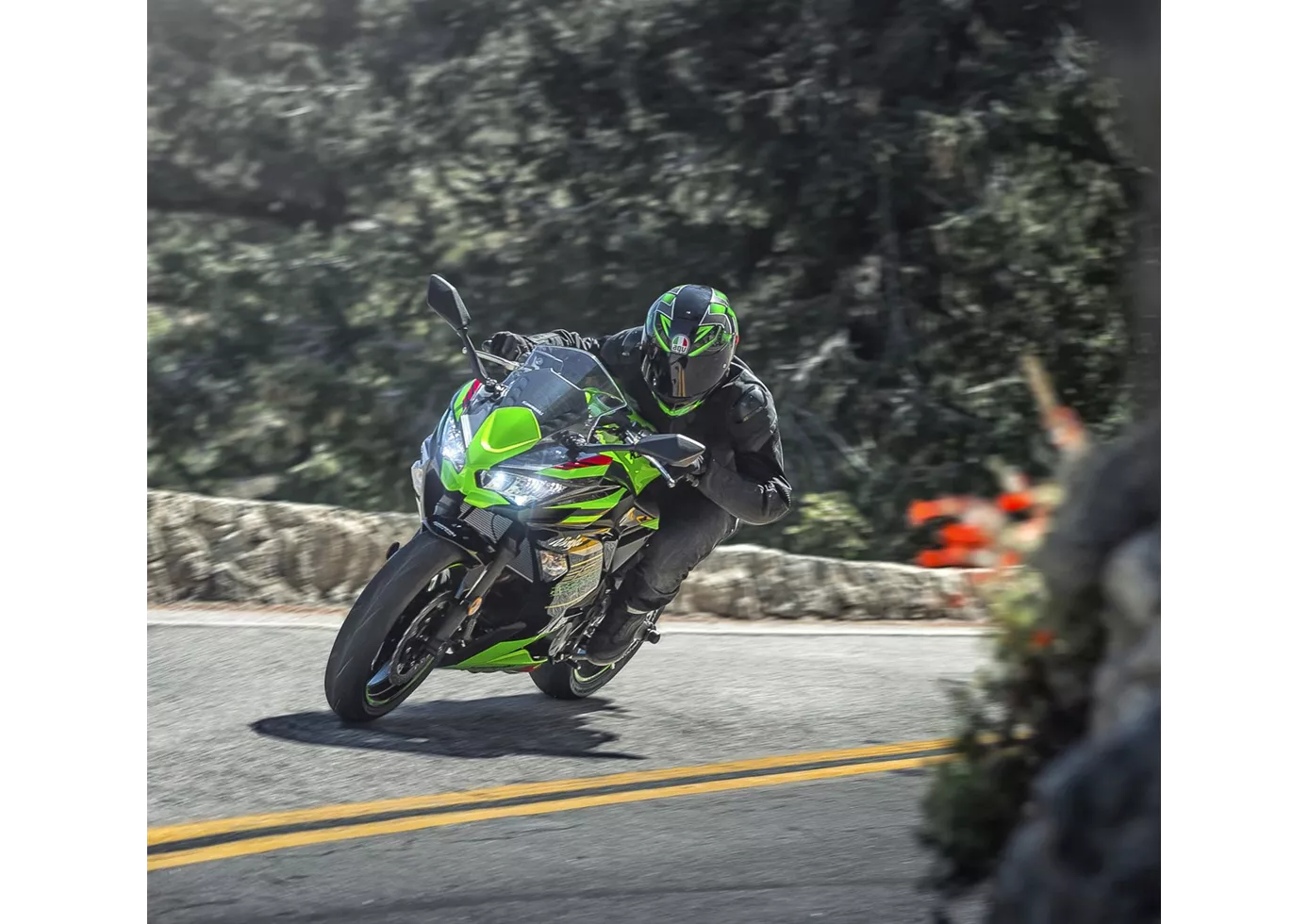
Save the sport tourer! With the Ninja 650, Kawasaki has created an exemplary representative of this class and (hopefully) solved the problem of the new generation. The stable chassis and the decent two-cylinder will delight beginners and advanced riders alike, even at a brisker pace. The front brake is a little too well intentioned, lacking a transparent pressure point despite basically good braking performance. Another plus is the TFT display, which we don't find in the competition at the moment, as well as the grown-up look, which is strongly oriented towards the larger Ninja models.
Price Comparison Avarage Market Price Honda CBR650R vs Kawasaki Ninja 650
There are a few key differences between a Honda CBR650R 2019 and a Kawasaki Ninja 650 2020. It takes less time to sell a Honda CBR650R with 45 days compared to 75 days for a Kawasaki Ninja 650. Since model year 2019 1000PS.de editors have written 14 reviews for the Honda CBR650R and 20 reviews for the Kawasaki Ninja 650 since model year 2017. The first review for the Honda CBR650R was published on 08/10/2018 and now has more than 53,700 views. This compares to more than 79,600 views for the first review on Kawasaki Ninja 650 published on 04/10/2016.
